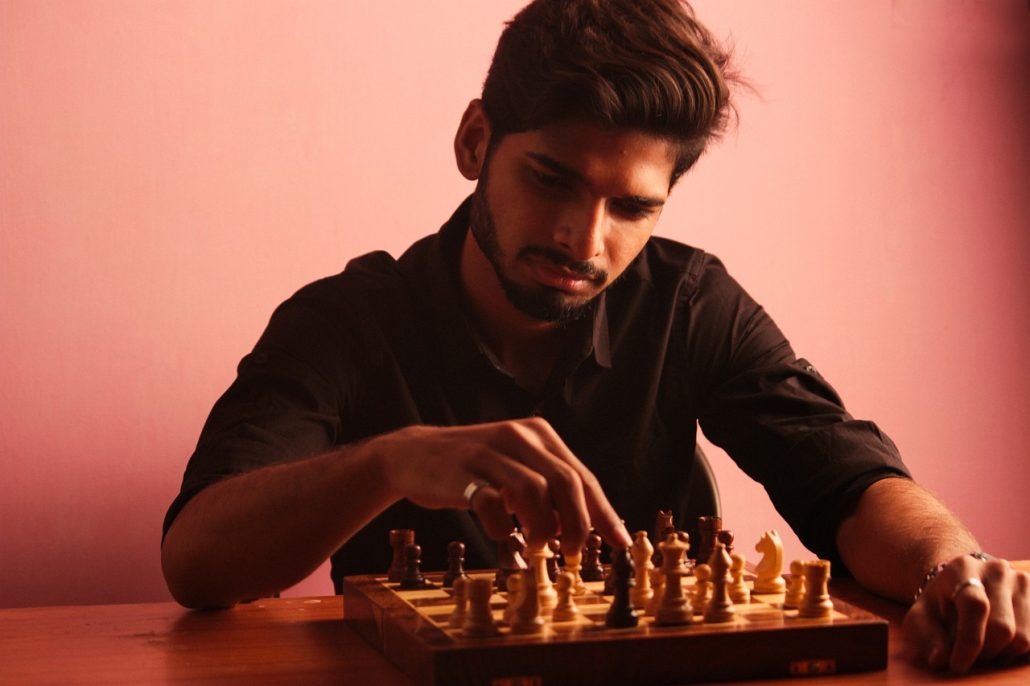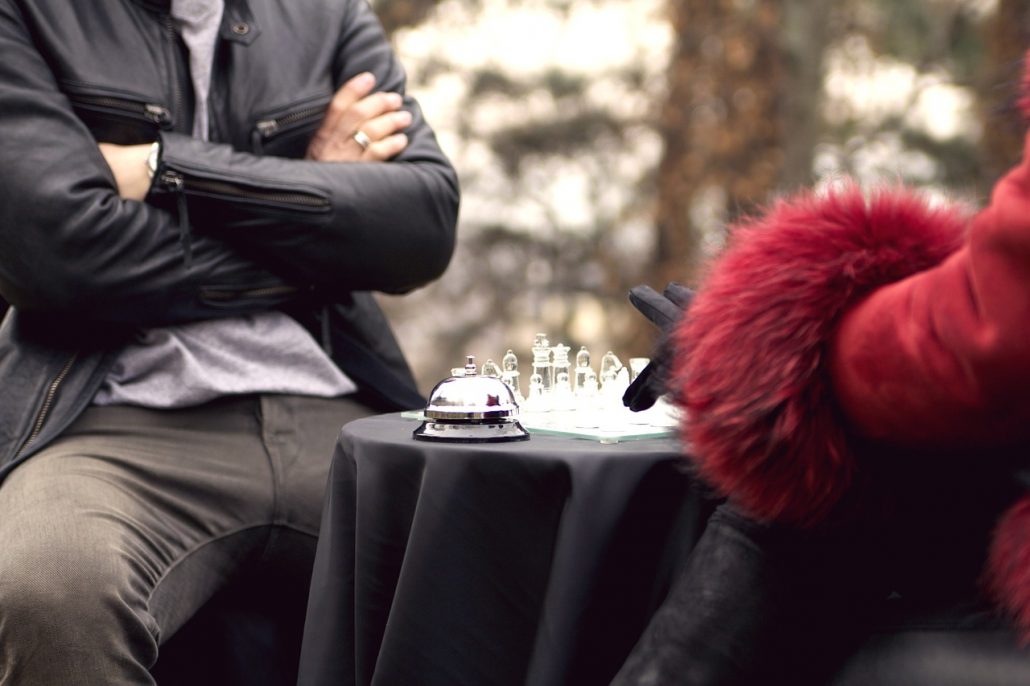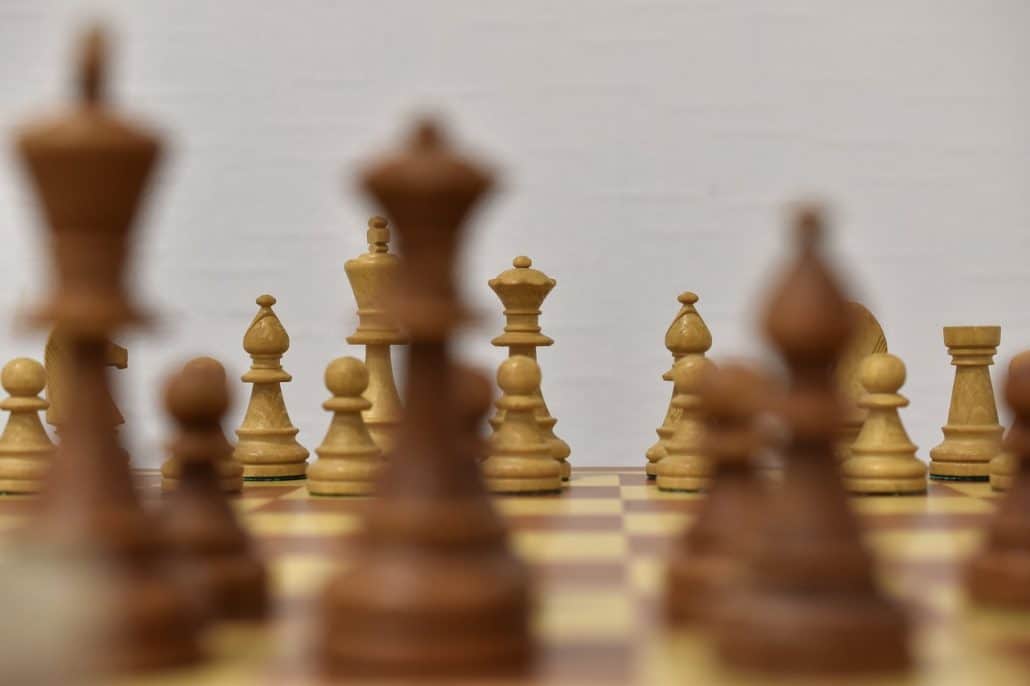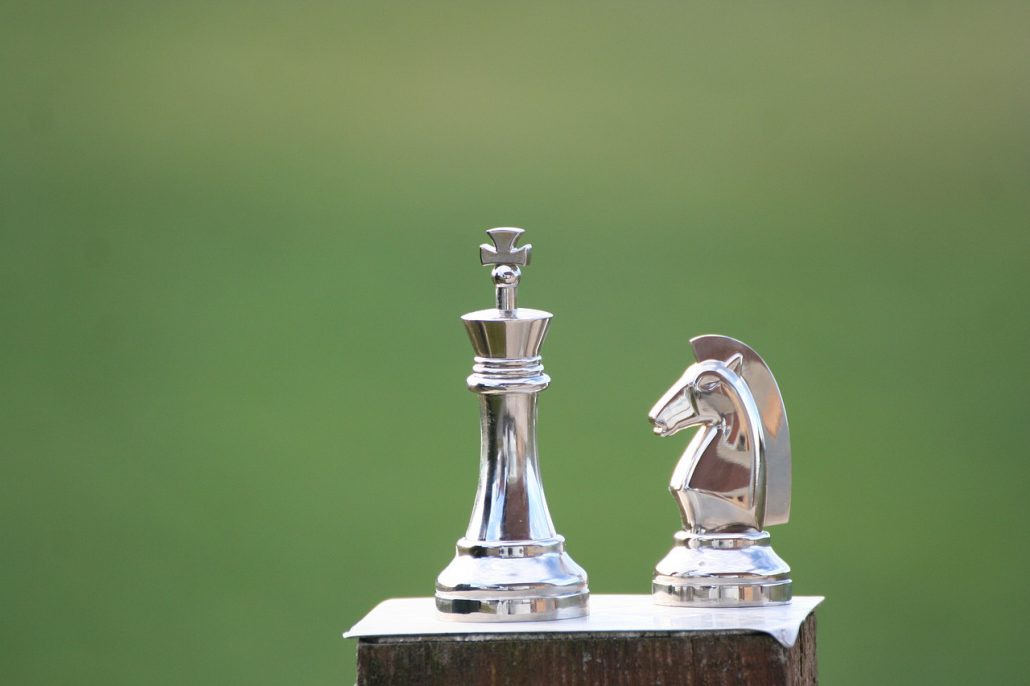Table of Contents
The next chess move in the key moment
There are important moments in chess when we have to choose our next chess move, which is a decision that will affect the whole game. When we have a key position in front of us we need to objectively consider all the aspects of the position.
This process is called analysis and this is one of the most important chess skills you can develop. IM Mark Dvoretsky used to focus a great part of their training sessions on this topic.
Why we have to think so much to decide our next chess move? Well, as the ex-world champion Mikhail Botvinnik used to say:
Chess with no analysis is not chess
We will have to stop and take a moment to analyze and understand the position at some point in the game. We have to know how to identify the correct moments to do this, what the main ideas we have to look for are and how to interpret these ideas.
The analysis skill is a great topic to discuss, I guess not even with 1000 of these articles we could explain it in its complexity. Today, I will explain to you the basics to dominate the analysis and calculation skills to choose your next chess move.
Deciding the best chess moves

There we are, in the last round of this important tournament, thinking what we should move, with the clock ticking in our head.
The main features of the position are what we have to spot, many things in chess count as an advantage. Also, they are very relative and sometimes difficult to understand
But we can generalize them and put them in these terms:
- King's security
- Pieces' activity
- Control of the center
- Pawn structure
- Space advantage
Once we identify these aspects in our position we have to figure out a logical way to exploit our advantage with the next chess move, here is a quick practical example:
Ok, I have an isolated pawn right in d4. Which is a weak pawn in the long term, and I have to protect it with pieces. However, this pawn also represents a space advantage, my opponent's position is a little crowded, and the pawn on d4 gives me some initiative because it controls e5.
Ok, the ending is not a good choice and my opponent can put pressure on the pawn so I have to stop this plan by:
- Avoiding the exchange of pieces
- Exploiting the e5 square controlled by my pawn
- Gaining the initiative before my opponent gets it
This is pretty much what a Grandmaster thinks of having an IQP position.
The candidate next chess moves

Now, once we have understood the position completely we need to move forward into the determination and calculation of our next chess moves.
The best and most logical way to proceed is listing out the possible moves in the position, not every move obviously, but the ones that make more sense.
Then you start calculating the consequences of each move and getting a conclusion to that move, this move is “good” or “trash”. You have to do it as quick as possible avoiding calculation mistakes (this is why tactical puzzle's training is so important)
Once you have the results of your evaluation of every move you decide ultimately the best move based on the kind of position you want to play and which not.
This process may seem a little bit overwhelming but if you start practicing it will come naturally over time. This method will assure you miss no brilliant moves on the board.
The elimination process for the next chess move

The elimination process is the whole calculation and analysis we do to determine which move is better than the other. For example, if we like the move Kd5 but we suddenly find out that move leads to mate in 4 moves mustn't be considered anymore.
That should be clear, that's what we discussed before but, how do we know which move is better than the other?
We have to discard those moves that lead to disadvantage or mate unless you feel humble enough to give away ELO in the tournament.
But you will encounter games in which you will have to choose between two horrible moves. When players are at disadvantage they would waste half of their time thinking about their next chess move.
The only thing they get out of that is to combine their inferior position with a time struggle to help their rival win. If you are worse than your opponent the best you can do is to accept it and play on normally.
But what if the only forced move I can do will make my position bad?
If you are wondering that then your position is already terrible enough to be wasting the time of your clock!
Making your next chess move

Now that you have ended the whole process of making a decision, you have to play your move, here are a few tips to avoid mistakes:
Double-check your move once you do it, a very powerful technique is to play the move and re-check the next chess move that you will do. This is a protection against any calculation or visualization mistakes that can arise.
Spend your opponent's time to think about your moves and your plans once you are carrying them out. This is a great chess skill to use especially in the blitz. Think about your next chess move and plans while your opponent is thinking about the check you just gave him.
Ponder your moves carefully but fast. It's common to see people calculating a correct combination, but they run out of time in the clock to even play it. Take your time but don't take all the clock's time or you lose.
You may also like:
Learn how to get better chess results in tournaments!
How to get better at chess: 5 Keys to Play like a Grandmaster






